When we think of calcium, dairy products like milk, cheese, and yogurt are often the first that come to mind. However, not everyone consumes dairy—whether due to lactose intolerance, dietary preferences, or ethical choices. Fortunately, there are many calcium-rich foods beyond dairy that can help you meet your daily requirements.
Calcium is vital for strong bones and teeth, but it also plays a crucial role in muscle function, nerve signaling, blood clotting, and heart health. The recommended daily intake of calcium is about 1,000 mg for most adults, increasing to 1,200 mg for women over 50 and men over 70.
Here are 10 excellent non-dairy sources of calcium to include in your diet:
🥬 1. Leafy Greens (Collard Greens, Kale, Spinach)
- Calcium Content:
- Cooked collard greens: ~268 mg per cup
- Kale: ~180 mg per cup
- Why They’re Great: Leafy greens are low in calories and packed with other nutrients like vitamin K, which also supports bone health.
- Tip: Steam or sauté greens to reduce oxalates, which can block calcium absorption.
🐟 2. Canned Sardines and Salmon (With Bones)
- Calcium Content:
- Sardines: ~325 mg per 3-ounce serving
- Salmon (with bones): ~180 mg per 3-ounce serving
- Why They’re Great: These fish are rich in calcium and omega-3 fatty acids, supporting heart and brain health.
- Tip: Opt for canned varieties with edible bones—the bones are where the calcium is!
🫘 3. White Beans
- Calcium Content: ~160 mg per cup (cooked)
- Why They’re Great: Beans are a good plant-based protein source and also provide iron, fiber, and potassium.
- Tip: Add to soups, salads, or mash into a dip.
🥦 4. Broccoli and Broccoli Rabe
- Calcium Content:
- Broccoli: ~62 mg per cup (cooked)
- Broccoli rabe: ~100 mg per cup
- Why They’re Great: These cruciferous veggies are also rich in vitamin C, which enhances calcium absorption.
- Tip: Lightly steam or stir-fry for best nutritional retention.
🥜 5. Almonds
- Calcium Content: ~75 mg per ounce (about 22 almonds)
- Why They’re Great: High in healthy fats, fiber, and vitamin E.
- Tip: Choose unsalted, dry-roasted almonds for a heart-healthy snack.
🧇 6. Fortified Plant Milks (Almond, Soy, Oat, etc.)
- Calcium Content: ~300 mg per cup (varies by brand)
- Why They’re Great: Designed to mimic dairy milk’s calcium content without the lactose.
- Tip: Shake the carton well—calcium can settle at the bottom.
🍚 7. Tofu (Especially Calcium-Set Tofu)
- Calcium Content: ~250–861 mg per ½ cup (depending on preparation)
- Why It’s Great: Tofu is a versatile meat alternative and protein source.
- Tip: Check the label for “calcium sulfate” as a coagulant for the highest calcium content.
🌰 8. Chia Seeds
- Calcium Content: ~179 mg per 2 tablespoons
- Why They’re Great: Also rich in omega-3s, fiber, and antioxidants.
- Tip: Mix into smoothies, yogurt alternatives, or make chia pudding.
🥣 9. Fortified Breakfast Cereals
- Calcium Content: Up to 1,000 mg per serving (with fortified milk alternatives)
- Why They’re Great: Easy way to boost calcium intake during breakfast.
- Tip: Choose low-sugar options and pair with fortified plant milk.
🍊 10. Oranges and Fortified Orange Juice
- Calcium Content:
- Orange (medium): ~60 mg
- Fortified orange juice: ~300 mg per cup
- Why They’re Great: High in vitamin C and a refreshing calcium source.
- Tip: Look for “calcium-fortified” on the juice label.
✅ Final Tips for Better Calcium Absorption:
- Get Enough Vitamin D: Vitamin D helps your body absorb calcium. Spend a little time in the sun, or include foods like fortified cereals and fatty fish.
- Limit Excess Caffeine and Sodium: These can reduce calcium retention in the body.
- Don’t Rely on One Source: Diversify your diet with multiple calcium-rich foods for balanced nutrition.
🧠 Conclusion:
Whether you’re vegan, lactose intolerant, or simply looking to mix up your diet, these non-dairy calcium-rich foods offer powerful nutrition. By incorporating a variety of them into your meals, you can protect your bones, support your heart, and improve your overall health—without touching a drop of milk.
ABOUT THE AUTHOR
Dr. Nora West is a highly skilled MBBS doctor with a special interest in women’s health and patient education. She is dedicated to providing compassionate care and believes in building strong doctor–patient relationships based on trust and understanding. Dr. Nora focuses on empowering her patients with the knowledge they need to make informed decisions about their health. She is particularly passionate about preventive medicine, nutrition, and lifestyle interventions that can significantly improve quality of life. Known for her warmth and professionalism, Dr. Nora combines evidence-based medicine with a personalized approach, ensuring every patient feels supported on their journey to better health.

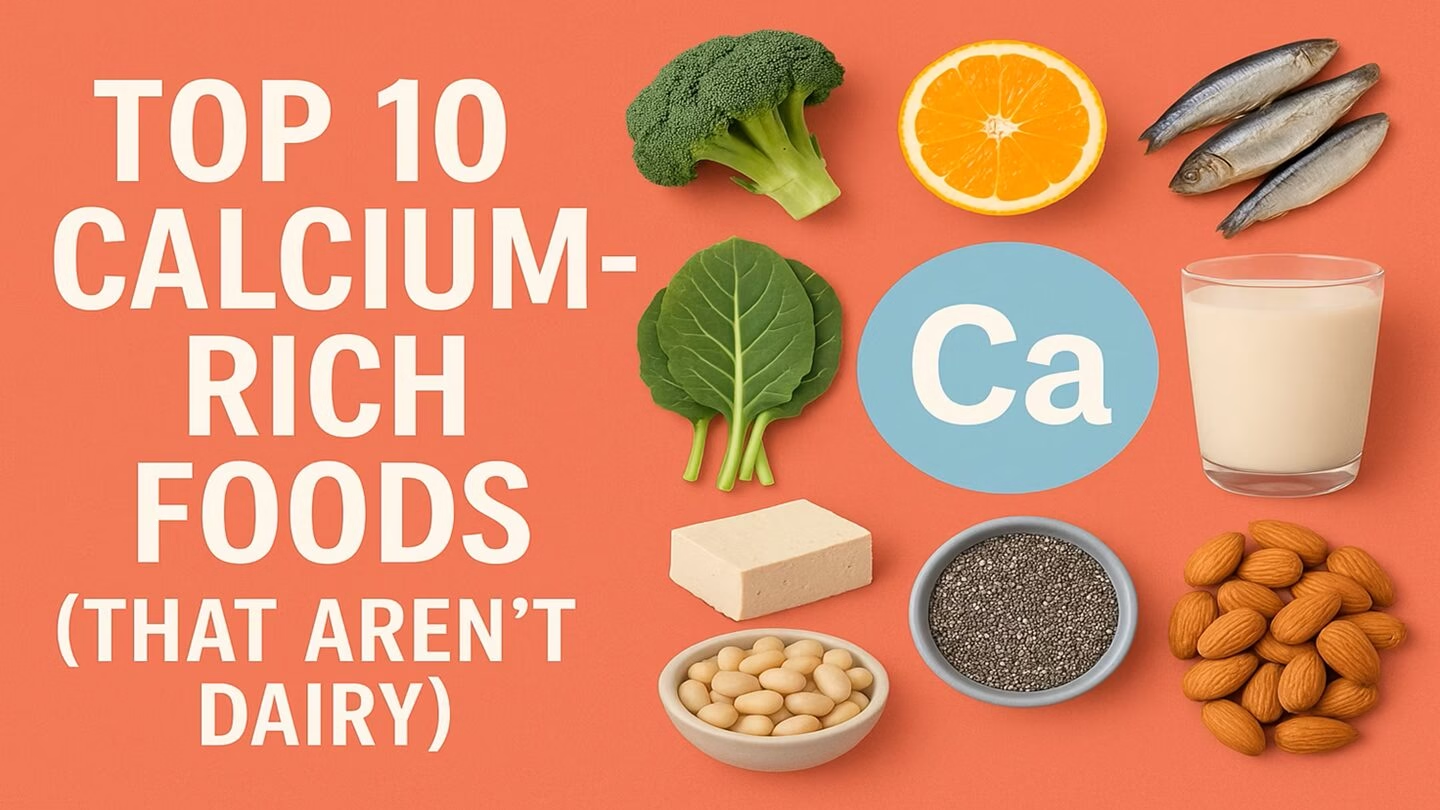
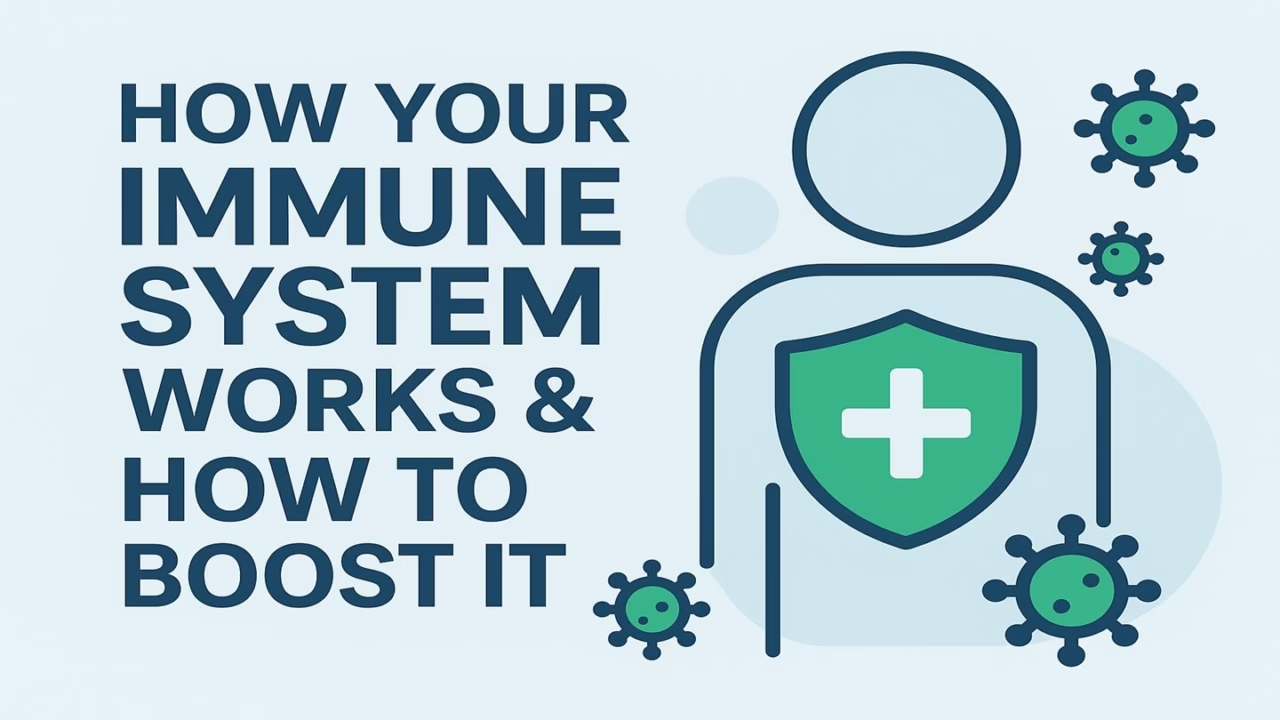

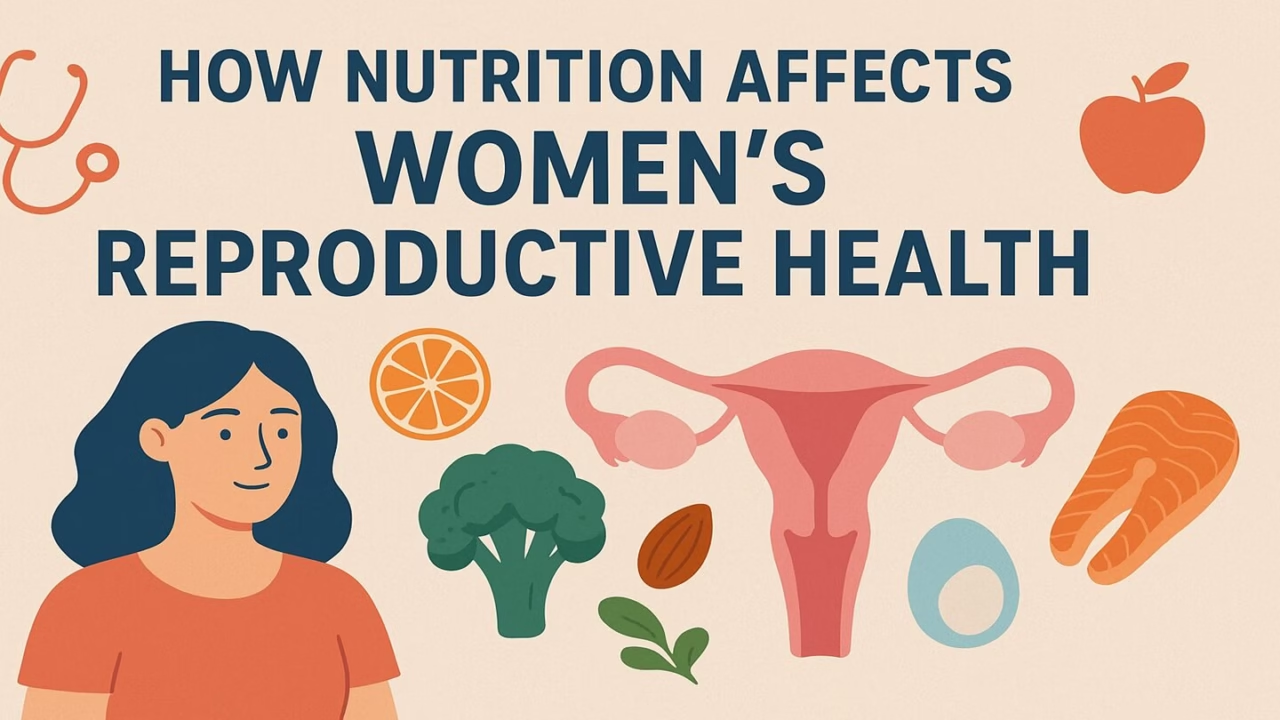
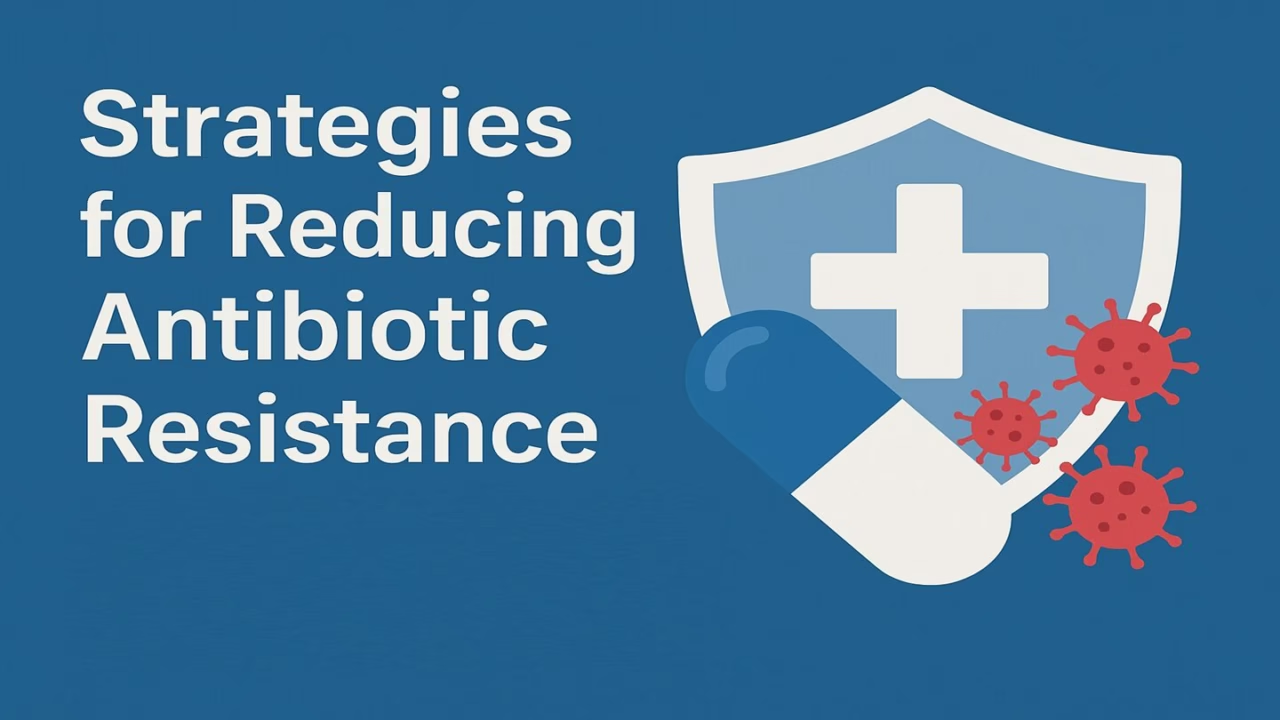



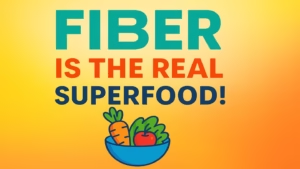

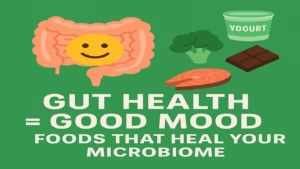




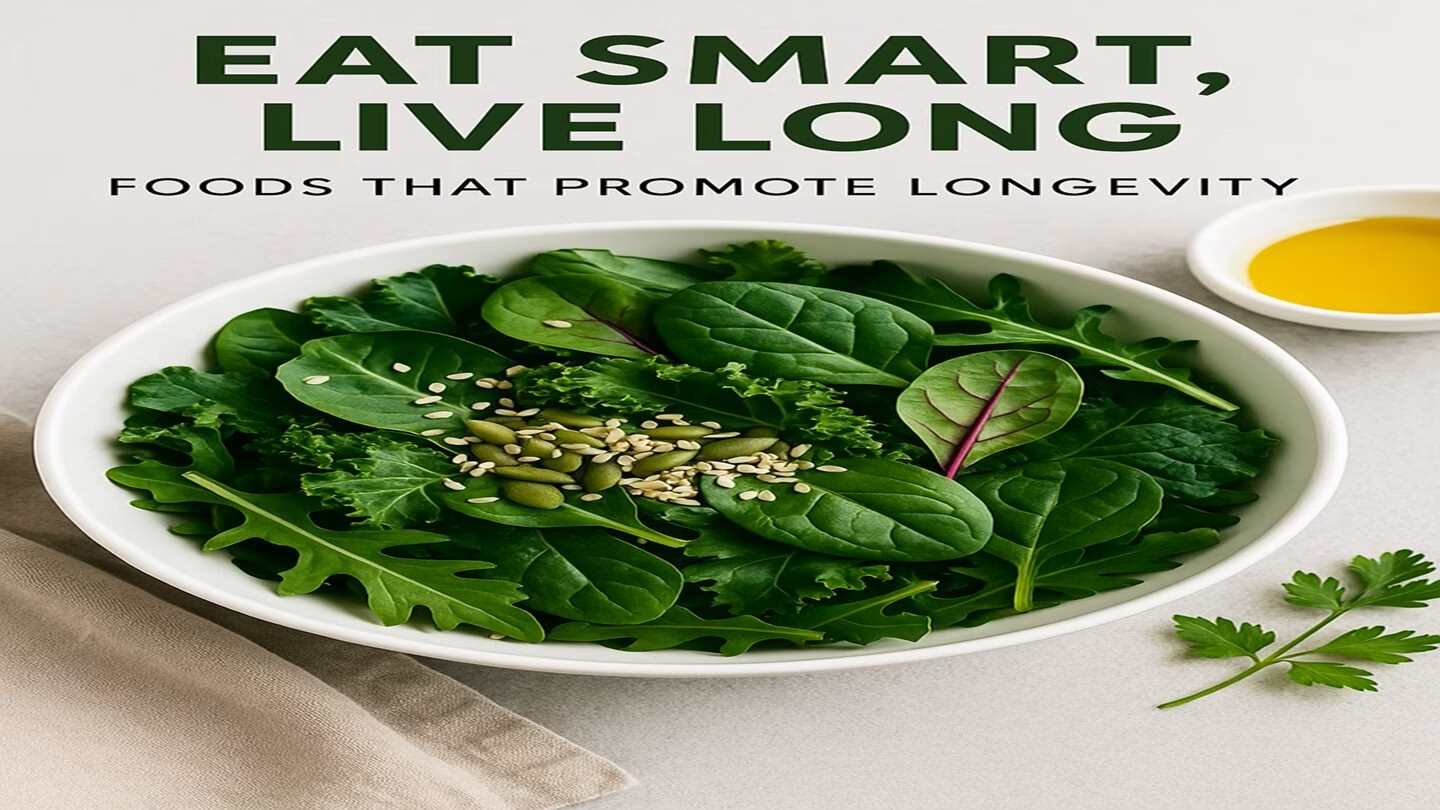
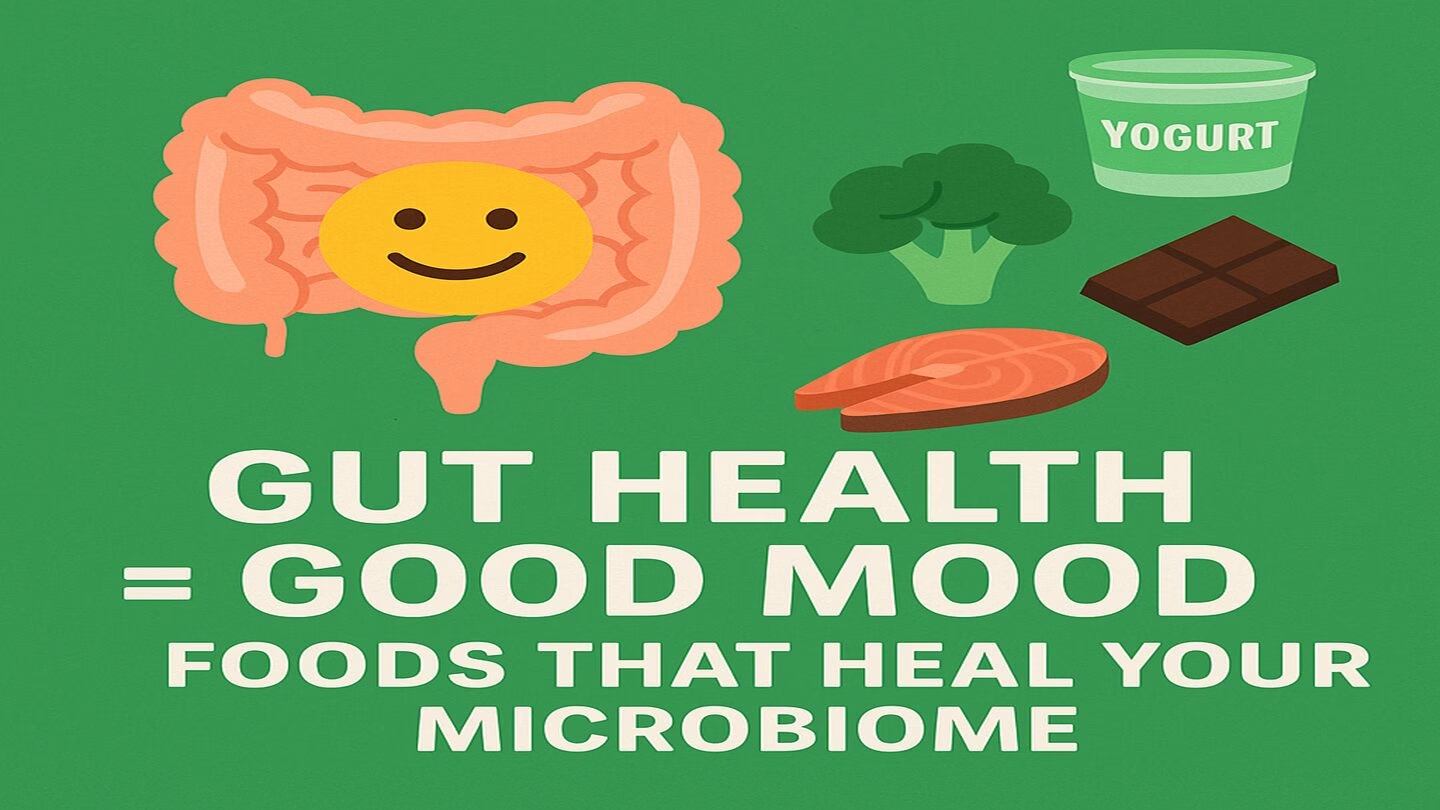
Add comment